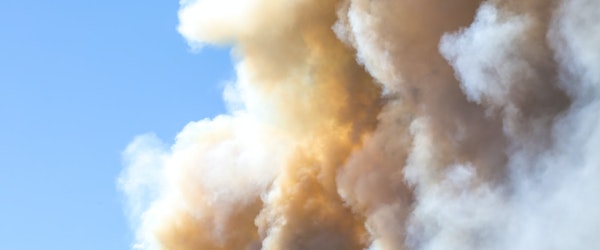
Wildfire Smoke Projected to Drive Major Health and Economic Losses by 2050
Monday, September 22nd, 2025 Catastrophe Legislation & Regulation Life & Health Risk ManagementTwo major new studies forecast a troubling rise in health and economic impacts from wildfire smoke, with scientists warning of sharply increasing premature deaths and soaring costs tied to carbon emissions. One global study from Tsinghua University estimates wildfire-related deaths could hit 1.4 million per year by 2100 if emissions are not curbed—up to six times higher than current levels. Africa could be especially hard-hit, with an elevenfold increase in fatalities projected.
In the U.S., researchers at Stanford and Stony Brook University found that wildfire smoke could contribute to over 71,000 early deaths annually by 2050 under a high-emissions scenario. The same study estimates economic damages could reach $608 billion per year by mid-century, primarily due to health impacts. These figures outpace all other quantified damages from climate change in the U.S., according to the study’s co-author.
The tiny airborne particulates in wildfire smoke, known as PM2.5, are linked to a host of serious health problems, from respiratory illness to cardiovascular disease. These particles can penetrate deep into the lungs and bloodstream, making them especially dangerous. With exposure increasing globally, experts are urging mitigation strategies such as controlled burns, improved air filtration in homes, and coordinated international policies.
While reducing carbon emissions remains essential, scientists say adapting to current risks is just as important. Wildfire smoke travels across borders, making localized air quality regulations insufficient. A global approach to wildfire and emissions management may be key to reducing both mortality and economic disruption in the decades ahead.





